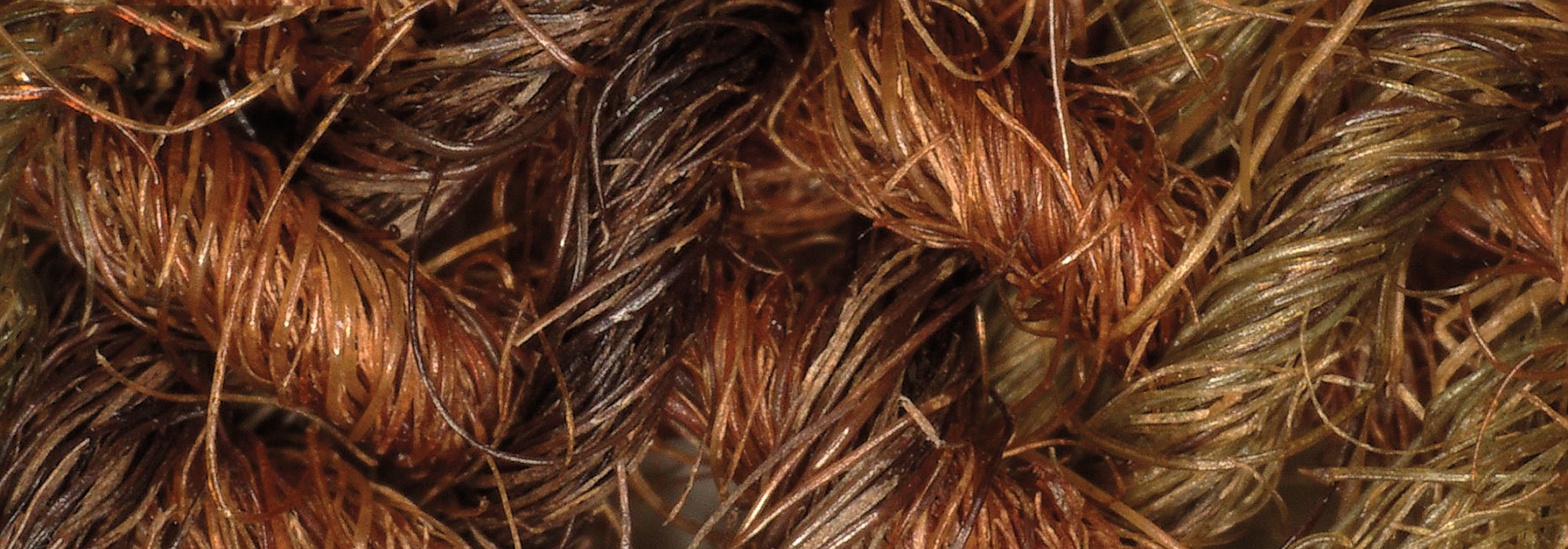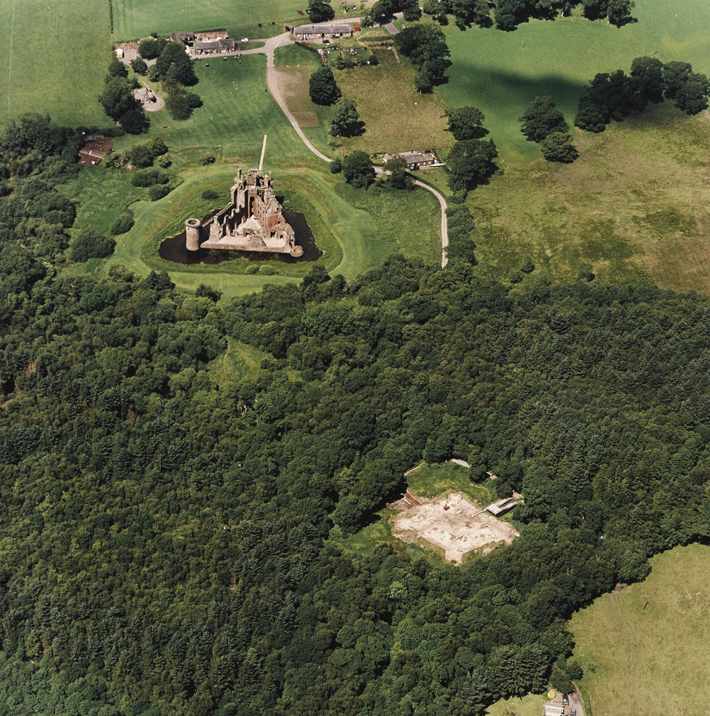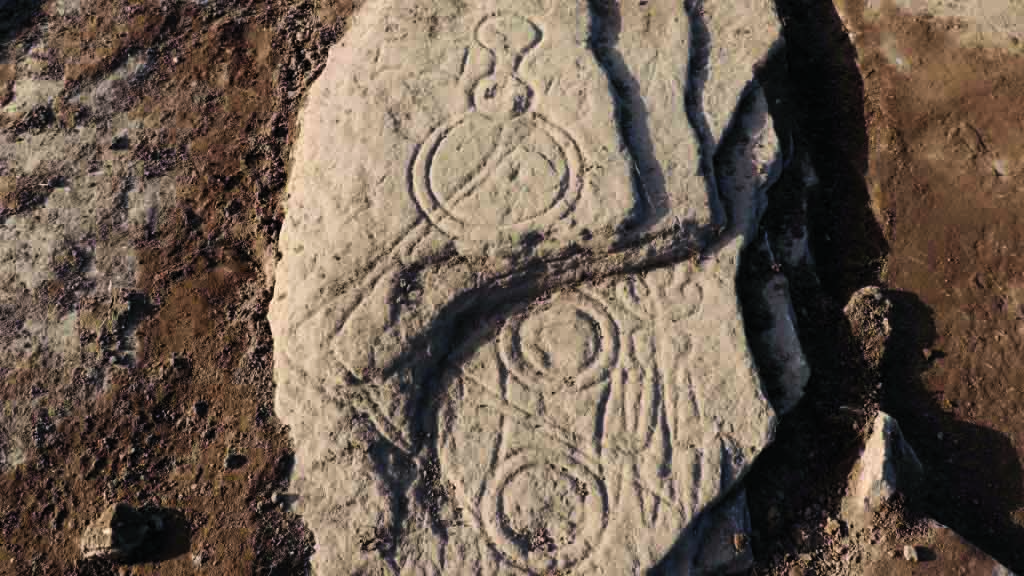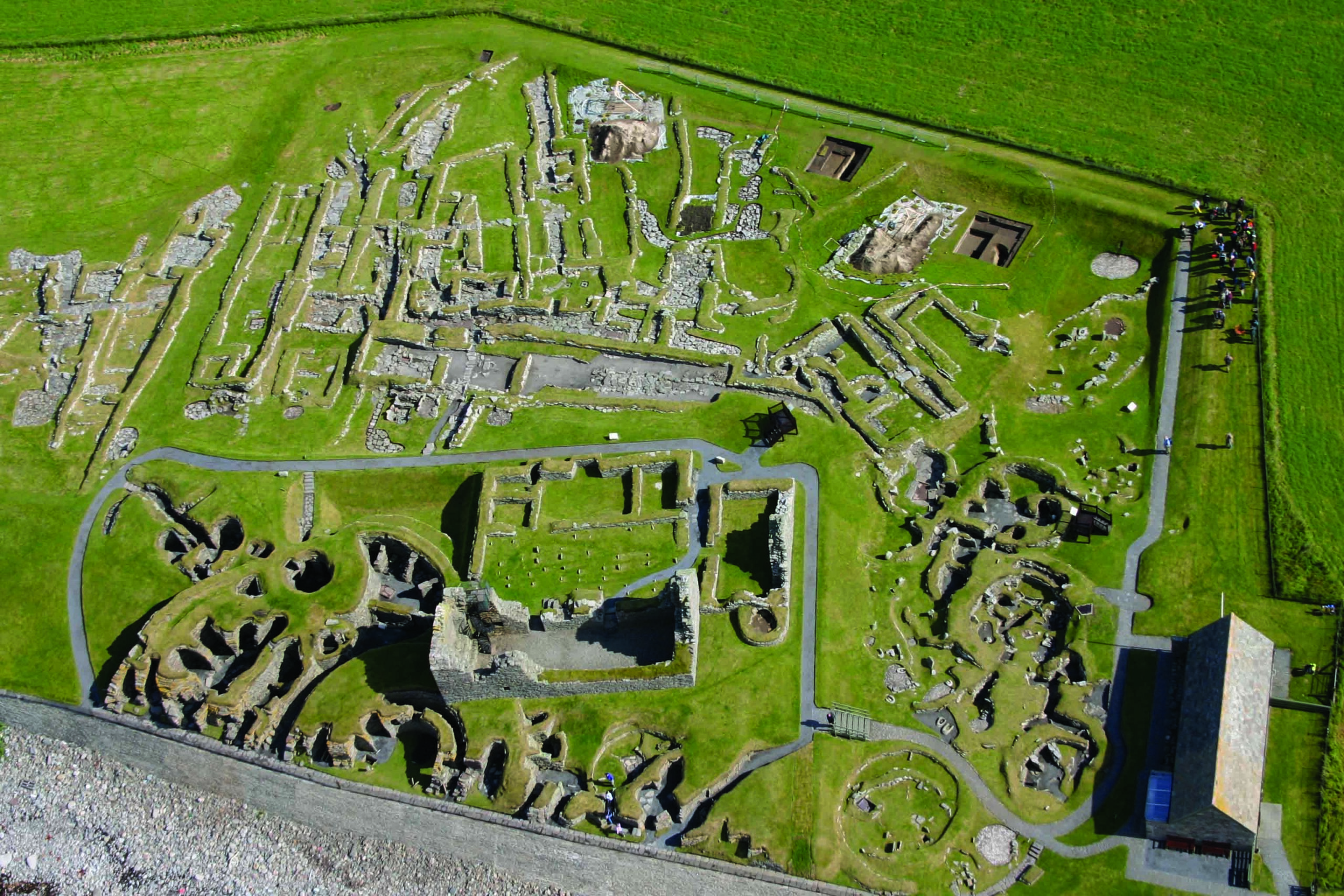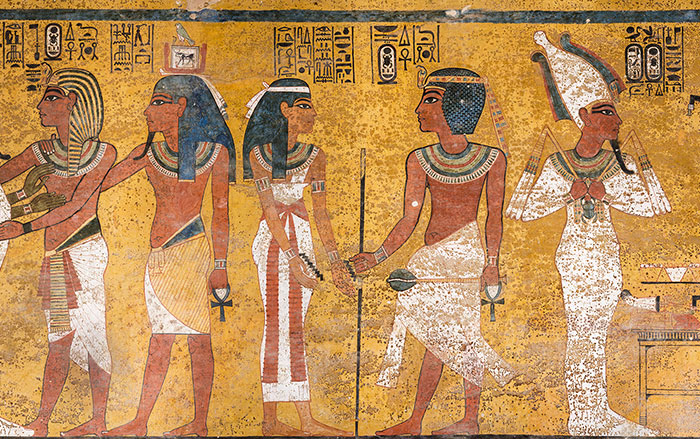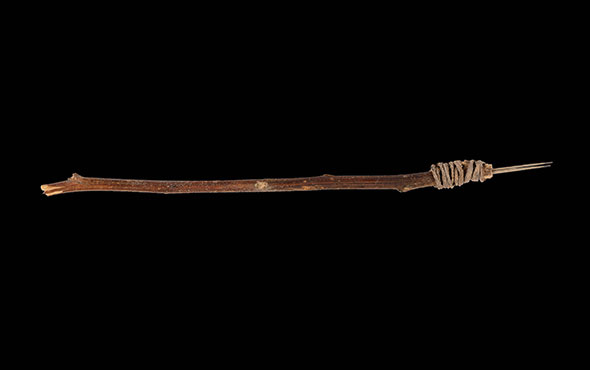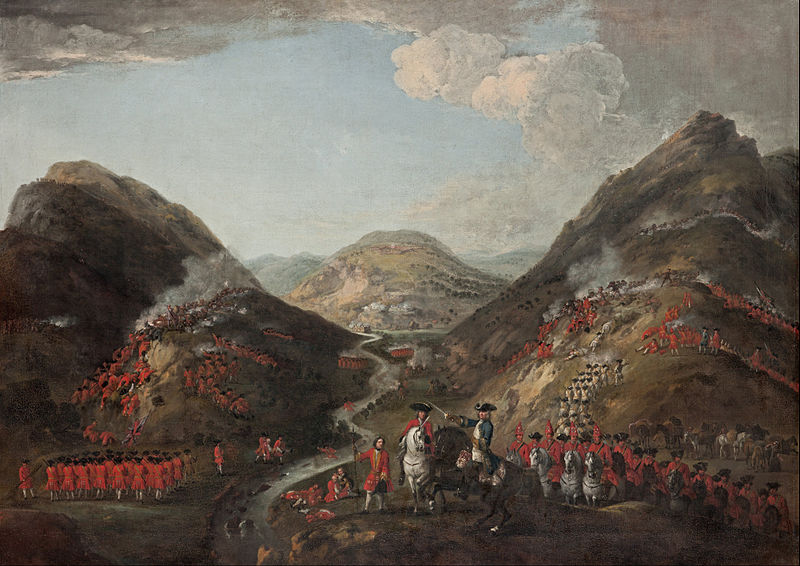
EDINBURGH, SCOTLAND—According to a report in The Scotsman, a 300-year-old musket ball and fragments of a mortar shell have been discovered in the Scottish Highlands, at the site of the Battle of Glenshiel, where government forces defeated the Jacobites in 1719. “This is the first positive piece of evidence that we have found from the battle,” said Derek Alexander of the National Trust of Scotland. The location of the ammunition suggests it had been fired at Lord George Murray and more than 1,000 Jacobites and troops from Spain situated on a knoll south of the River Shiel. Further tests could indicate what kind of weapon fired the musket ball. The mortar shell is thought to have been fired by a small, squat weapon called a coehorn. Historic documents record that grass and heather on the hill was set on fire by hot projectiles, creating disorder and panic among the Jacobites. “It effectively put paid to Jacobite ambitions for 30 years, which is a long time,” Alexander said of the battle. To read about a Scottish monastery associated with the famous sixth-century saint, Saint Columba, go to "Fit for a Saint."


